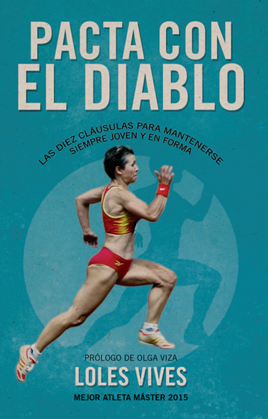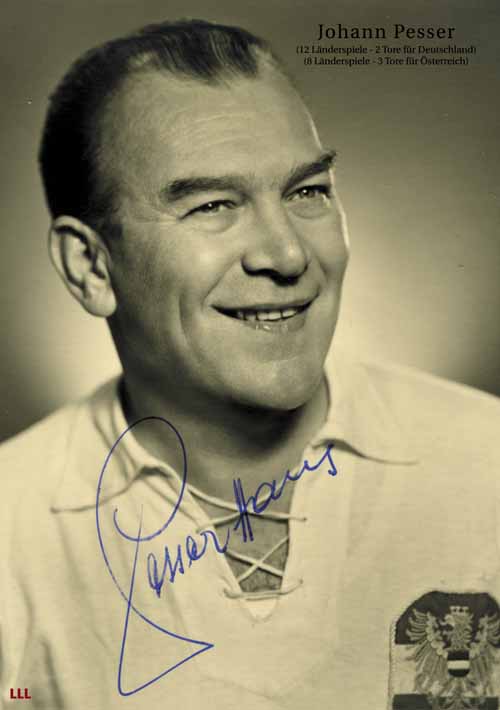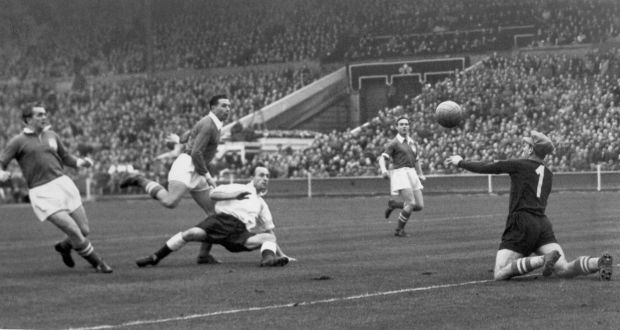Táctica / Entrenadores / English
Hans Pesser, Austria’s forgotten star coach
Chess is perhaps the most and best documented sport in the world. This might be because of its natural focus on intelligence, on analytical and strategical thinking and tactical analysis of the sport itself. There are endless variations of different playing patterns and every year chess players and analysts find arguments for and against many of them. Chess players have often big staff of players helping them to find openings and end game variations for specific opponents.
But not only the game is studied methodically, the players themselves are too. There is a rating system called “Elo”, which rates players through an algorithm of their games and estimated winning probability based on Elo points. Right now Magnus Carlsen with a rating of 2853 is the best in the world. The highest historical Elo has Bobby Fischer with 2895 in October 1975.
Football coaches are often compared to chess players. They have to plan many tactical aspects relative to the possibilities of their figures and the abilities of their opponent. While football is obviously more random, more dynamic and harder to control, there are similarities. And similar to chess there is even an Elo rating for teams and coaches. The website “ClubElo.com” recently created a coaching rating and the top 3 has a very surprising inclusion.
The number 3 and the number 2 are no shock. José Mourinho ranks just behind Josep Guardiola, they both differ only six points (2111 and 2117). But the number 1 is a very unknown coach. With 2159 he’s clearly above anyone else.
AUSTRIA’S FORGOTTEN STAR COACH
Long time ago Austria was a footballing power house in Europe. In the 30’s they were considered to be the best national team in Europe. Together with Hungary and Czech the Danubian football school was considered technically and tactically one of the finest in the world. This trend held on until the 50’s before it started to fade away.
In the 50’s Austria perhaps had the last world class generation with players like Ernst Ocwirk, Ernst Happel, the Körner brothers, Walter Zeman in goal or Gerhard Hanappi. What’s often forgotten is not only their beautiful play, but their high level of game intelligence. One of the reasons is the school of Rapid Vienna (13 players in the 1954 World Cup squad!) and their coach from 1945 to 1953, Johan “Hans” Pesser.
Pesser is rated by ClubElo as the best coach of all time, but nowadays his name isn’t well known. With Rapid (1945-1953), Wiener Sportklub (1953-1960) and Admira Vienna (1960-1967) he won ten titles. Probably the best season was with Rapid in 1950/51. 1950/51 they won 20 of 24 games and lost only once while scoring 133 goals and conceding 40 in one of the best leagues in Europe at that time, also winning the Zentropa-Cup against other good teams from Europe.
Robert Dienst and Erich Probst were scoring the goals upfront, together with the Körner Brothers. In the back with Merkel and Happel they had great players, too. Still, it was not only the players which made Pesser good (and who he made good) – Pesser was a chess player.
INNOVATOR AND TACTICIAN
Together with his player Ernst Happel, his pupil and key player, Pesser adapted tactics Rapid Vienna found in their trips to South America. Especially the Brazilian football style of that time was an important piece in Pesser’s system. The usual 2-3-5/2-3-1-4 system of that time in continental Europe was deemed obsolete by Pesser and Happel. They changed to a 3-2-5 which at times was played even as 1-1-3-1-4. In the first system Happel would act as sweeper with two half backs besides and diagonally in front of him, who would advance forward and support the attack. Happel often was the only one staying deeper but he still was a technically very accomplished player; a smaller version of players like Hummels or Piqué nowadays.
In the next seventy games after this change Rapid lost only once. The new formation showed their ability. But it wasn’t only going away from the Danubiansystem, it was also other aspects in their game which were very modern and innovative. They were one of the first teams on the continent to embrace an offside trap and did so very well; Happel himself years later would use a similar offside trap to great effect in his career, influenced by his time with Pesser.
Pesser himself went (nearly) as far as Ernst Happel (and his opponent in the Netherlands, Rinus Michels) would later. He talked about the start of total football. One of the most famous quotes of Pesser was “it’s our goal to attack with nine players and defend with nine players”. Only the strike front would be allowed to not defend, only Happel was allowed not to attack. Even today this seems innovative, although it did become standard more and more in the last years.
Back then it was not only unknown, Pesser was laughed at in the beginning. Critics wrote “attack with nine, defend with nine? That’s only possible if 2+2 is 5”.Pesser‘s success later stopped the critics. Pesser also tried to enhance the movement against the ball and with the ball, away from the rather simple and passive man marking schemes and towards a more fluid, zonal interpretation.
“Every player has to move all the time. With the ball and without it. The runners and connectors have to, when the team is in possession, include themselves in the attacks”, was one of his principles. With the runners and connectors he mostly meant the half backs besides Happel and the ones in midfield. ““Specific counter attacks work best when we dense the space, lure them into our shape and then counter into the open space”, Pesser would add.
In possession they also stayed true to the roots of the Austrian football of the early 20th century, the legendary “Scheiberln”, a game based on movement, dribbles and short passing combinations, finding their zenith in the Wunderteam of the 30’s. Pesser’s Rapid might be called perhaps one of the first really offensive team which didn’t base their beautiful football solely on technique, but on tactics too.
He even published a book together with Rudolf Kastl called “the secrets of the Brazilian System” (Die Geheimnisse des brasilianischen Systems) in 1950 and his assistant and former striker Franz Bimbo Binder. Later Rapid would – even after Pesser was gone – play his system and nearly win against Real Madrid in the European Cup 1956. Pesser’s perhaps best game as coach came as coach of Vienna Sportklub.
A Juventus team with Giampiero Boniperti, John Charles and Omar Sivori lost in the now called “Ernst-Happel-Stadion” against Wiener Sportklub with 7-0 in 1958. The system of movement and defending worked brilliantly in this game.
Still, in the end Pesser never got the credit he deserved; similar to his protégé Ernst Happel, but even more extreme. Instead of being a founding father of the beautiful game in continental Europe, his name shouldn’t be really connected – or known at all.
* Rene Maric is a football analyst on Spielverlagerung.de
Dermutz, K. (2013). Ernst Happel: Genie und Grantler.Die Werkstatt-Verlag.
Huber, H., Lohberger, L. & Wimmer, F. (1993). Happel.Ed: Harry Windisch, HPT Extra.
Prüller, H. (1993). Das große Happel-Fußballbuch: Training, Taktik, Tricks.Orac.
Follow @ReneMaric


BUSCADOR DE CATEGORÍAS
BUSCADOR POR MES
ÚLTIMOS TWEETS
Tweets por @martiperarnauSÍGUENOS EN FACEBOOK








